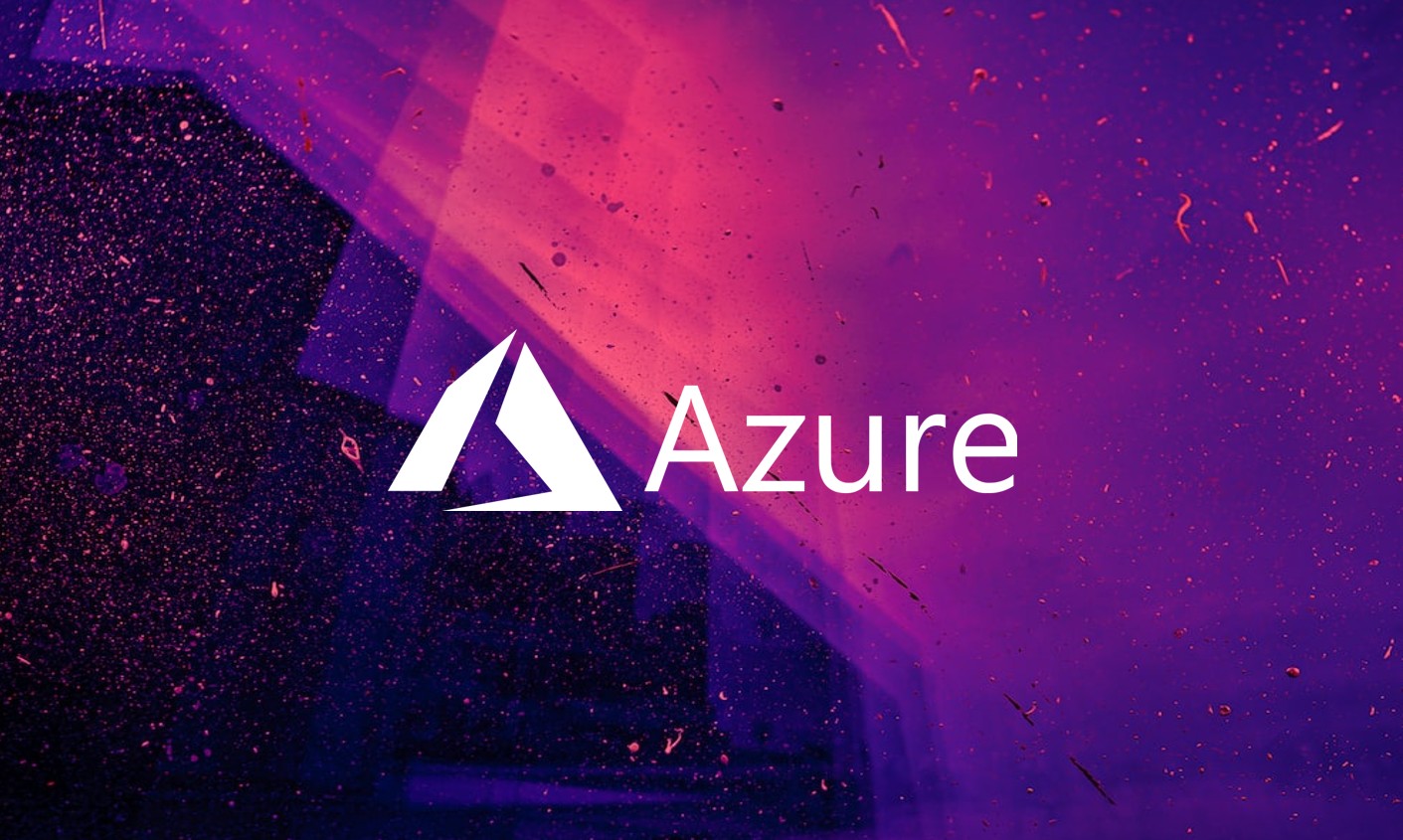Redazione RHC:22 Setembro 2025 21:12
Um pesquisador independente chamado Andreas, que dirige o blog Anagogistis , descobriu vulnerabilidades graves em Clientes Linux da Pure VPN esse compromisso anonimato básico e segurança de tráfego. Os problemas afetam tanto o versões gráficas (2.10.0) e de console (2.0.1). Ambos foram testados no Ubuntu 24.04.3 LTS.
A principal vulnerabilidade surge porque, ao se reconectar ao Wi-Fi ou acordar o sistema do modo de suspensão, o verdadeiro endereço IPv6 do usuário se torna visível. No cliente de console com o recurso Internet Kill Switch ativado, o serviço relata automaticamente a retomada da conexão, mas durante esse tempo o sistema recebe rotas IPv6 via Anúncio de Roteador, fazendo com que os pacotes ignorem o túnel VPN. Como a política ip6tables permanece ACCEPT por padrão, o tráfego sai do computador diretamente.
O cliente gráfico apresenta um risco ainda maior. Quando a conexão é interrompida, ele bloqueia corretamente o IPv4 e exibe uma notificação de perda de sessão, mas o tráfego IPv6 continua a fluir sem restrições até que o usuário clique manualmente no botão Reconectar. Isso deixa um atraso significativo durante o qual os dados são transmitidos para a Internet aberta.
Igualmente perigoso é o Tratamento de firewall pelo cliente Configurações. Ao estabelecer uma conexão VPN, ele apaga completamente a configuração existente do iptables, define INPUT como ACCEPT e exclui regras personalizadas, incluindo UFW, Cadeia do Docker e suas próprias políticas de segurança. Depois que a conexão VPN for encerrada, Essas alterações não são revertidas, deixando o sistema mais vulnerável do que antes da conexão.
O especialista que identificou os problemas enviou relatórios detalhados e vídeos de demonstração para a PureVPN por meio do programa de divulgação de vulnerabilidades da empresa no final de agosto de 2025. No entanto, por três semanas, o serviço não respondeu ou forneceu aos usuários informações sobre os riscos.
Na prática, isso significa que Os usuários do cliente PureVPN Linux podem acessar sites habilitados para IPv6 ou enviar e-mails com a confiança de que a VPN está funcionando, mesmo que seu endereço real já tenha sido divulgado ao provedor . A presença simultânea de uma falha IPv6 e regras de firewall corrompidas indica uma violação fundamental dos princípios fundamentais de segurança nos quais se baseia a confiança nos serviços VPN.
Redação
A equipe editorial da Red Hot Cyber é composta por um grupo de indivíduos e fontes anônimas que colaboram ativamente para fornecer informações e notícias antecipadas sobre segurança cibernética e computação em geral.
